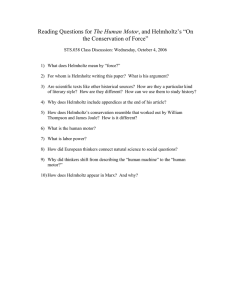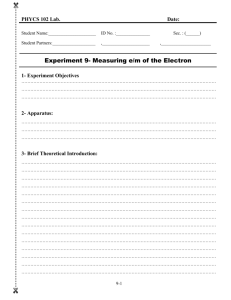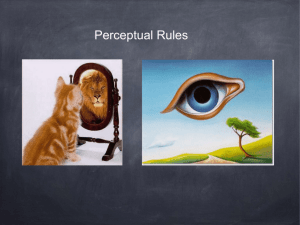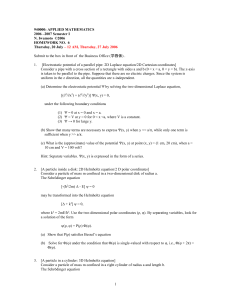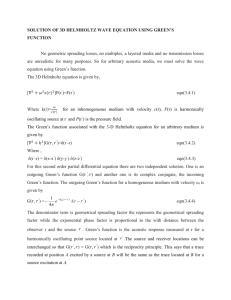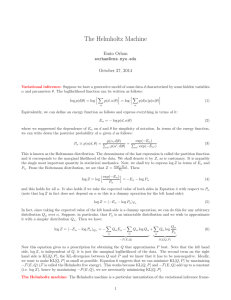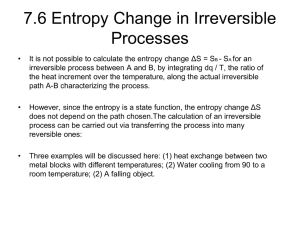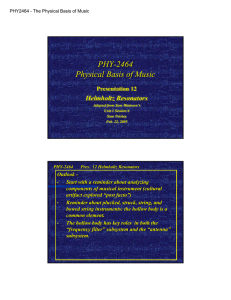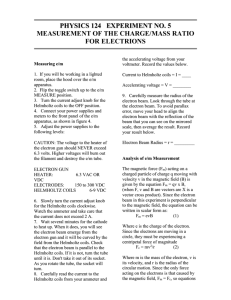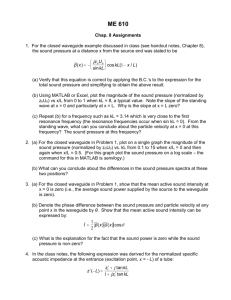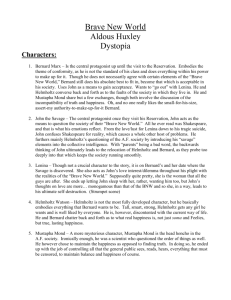Helmholtz Resonators
advertisement
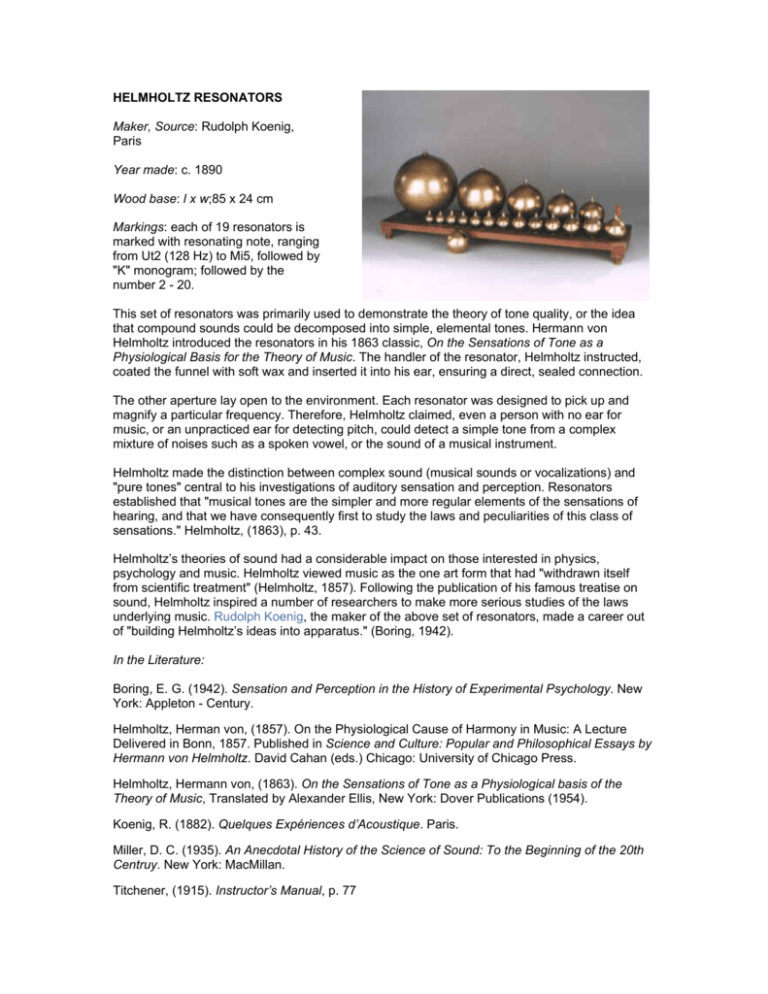
HELMHOLTZ RESONATORS Maker, Source: Rudolph Koenig, Paris Year made: c. 1890 Wood base: l x w;85 x 24 cm Markings: each of 19 resonators is marked with resonating note, ranging from Ut2 (128 Hz) to Mi5, followed by "K" monogram; followed by the number 2 - 20. This set of resonators was primarily used to demonstrate the theory of tone quality, or the idea that compound sounds could be decomposed into simple, elemental tones. Hermann von Helmholtz introduced the resonators in his 1863 classic, On the Sensations of Tone as a Physiological Basis for the Theory of Music. The handler of the resonator, Helmholtz instructed, coated the funnel with soft wax and inserted it into his ear, ensuring a direct, sealed connection. The other aperture lay open to the environment. Each resonator was designed to pick up and magnify a particular frequency. Therefore, Helmholtz claimed, even a person with no ear for music, or an unpracticed ear for detecting pitch, could detect a simple tone from a complex mixture of noises such as a spoken vowel, or the sound of a musical instrument. Helmholtz made the distinction between complex sound (musical sounds or vocalizations) and "pure tones" central to his investigations of auditory sensation and perception. Resonators established that "musical tones are the simpler and more regular elements of the sensations of hearing, and that we have consequently first to study the laws and peculiarities of this class of sensations." Helmholtz, (1863), p. 43. Helmholtz’s theories of sound had a considerable impact on those interested in physics, psychology and music. Helmholtz viewed music as the one art form that had "withdrawn itself from scientific treatment" (Helmholtz, 1857). Following the publication of his famous treatise on sound, Helmholtz inspired a number of researchers to make more serious studies of the laws underlying music. Rudolph Koenig, the maker of the above set of resonators, made a career out of "building Helmholtz’s ideas into apparatus." (Boring, 1942). In the Literature: Boring, E. G. (1942). Sensation and Perception in the History of Experimental Psychology. New York: Appleton - Century. Helmholtz, Herman von, (1857). On the Physiological Cause of Harmony in Music: A Lecture Delivered in Bonn, 1857. Published in Science and Culture: Popular and Philosophical Essays by Hermann von Helmholtz. David Cahan (eds.) Chicago: University of Chicago Press. Helmholtz, Hermann von, (1863). On the Sensations of Tone as a Physiological basis of the Theory of Music, Translated by Alexander Ellis, New York: Dover Publications (1954). Koenig, R. (1882). Quelques Expériences d’Acoustique. Paris. Miller, D. C. (1935). An Anecdotal History of the Science of Sound: To the Beginning of the 20th Centruy. New York: MacMillan. Titchener, (1915). Instructor’s Manual, p. 77
